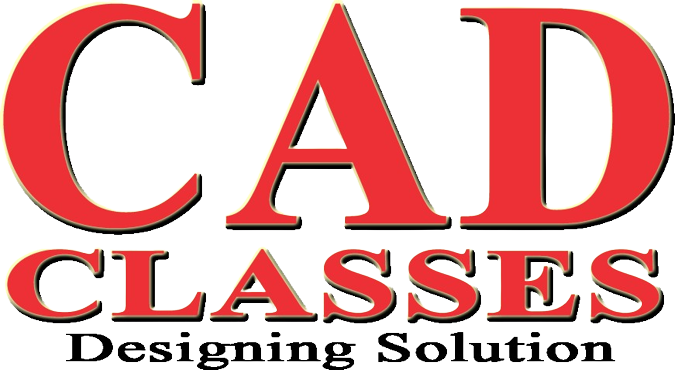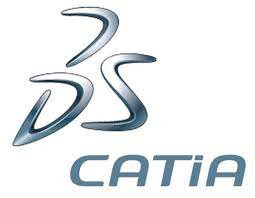CATIA-VS
-
The CATIA V (V5 or V6) course is designed to teach users the functionalities of CATIA, a leading CAD (Computer-Aided Design) software developed by Dassault Systèmes. CATIA is widely used in industries like automotive, aerospace, and product design for 3D design, modeling, and simulation. Below is a general course structure for CATIA V:
1. Introduction to CATIA V
- Overview of CATIA and its applications
- Introduction to the CATIA V5/V6 interface
- Workbenches in CATIA (Part Design, Assembly, Drafting, etc.)
- File management and CATIA’s data management tools
2. Sketcher Workbench
- 2D sketching basics
- Using geometric tools (lines, arcs, circles, etc.)
- Applying constraints (geometrical and dimensional)
- Sketcher tools: trimming, mirroring, and patterns
- Converting sketches to 3D features
3. Part Design Workbench
- Introduction to part modeling
- Creating basic features: pads, pockets, holes, ribs
- Boolean operations (union, subtract, intersect)
- Advanced features: fillets, chamfers, drafts, shells
- Parametric modeling and editing
4. Assembly Design Workbench
- Introduction to assembly modeling
- Inserting and positioning components
- Assembly constraints (fixing, aligning, offset)
- Exploded view of assemblies
- Managing large assemblies
5. Surface Design (Generative Shape Design Workbench)
- Introduction to surface modeling
- Creating and modifying complex surfaces
- Sweep, loft, and blend operations
- Surface trimming and joining
- Working with wireframe geometry
- Surface quality checks
6. Drafting Workbench
- Creating 2D drawings from 3D models
- Standard views, projection views, and section views
- Adding dimensions, tolerances, and annotations
- Bill of Materials (BOM) generation
- Creating templates for drawings
7. Sheet Metal Design
- Introduction to sheet metal workbench
- Creating sheet metal parts: walls, bends, flanges
- Creating flat patterns and exporting for manufacturing
- Adding stamps, cuts, and other sheet metal features
8. Generative Structural Analysis
- Introduction to structural analysis tools
- Setting up basic finite element analysis (FEA)
- Defining materials and boundary conditions
- Mesh generation and result interpretation
- Stress analysis and optimization
9. Design for Manufacturing
- Introduction to design for manufacturing (DFM) principles
- Tooling design and mold design (core and cavity)
- Understanding manufacturing constraints
10. DMU Kinematics (Digital Mock-Up)
- Introduction to kinematic simulations
- Defining mechanical systems (joints, links)
- Simulating motion and analyzing movements
- Collision detection in mechanisms
11. Advanced Part Design
- Multibody modeling
- Working with complex shapes and hybrid design
- Design tables and part parameterization
- Managing large datasets and design alternatives
12. Knowledgeware (Automation and Templates)
- Introduction to Knowledge Advisor
- Creating and using rules, formulas, and reactions
- Parameter-driven designs
- Automating repetitive tasks and creating custom features
13. Customization & Scripting
- User interface customization
- Introduction to CATIA V scripting (VBScript, macros)
- Automating processes and creating custom commands
14. Collaborative Design (PLM Integration)
- Collaborative tools in CATIA
- Product Lifecycle Management (PLM) basics
- Working with ENOVIA or other PLM solutions
15. Industry-Specific Applications
- Case studies in aerospace, automotive, or consumer product design
- Industry-specific modeling and simulation techniques
- Real-world project examples
16. Final Project & Certification Preparation
- Completing a comprehensive project to apply learned skills
- Preparing for the CATIA certification exam (if applicable)
- Project review and presentation
This curriculum can be customized to focus on specific industries or roles, such as mechanical design, surface modeling, or product lifecycle management (PLM). CATIA’s broad application across different fields means that the course can be adapted to the needs of professionals in various sectors


